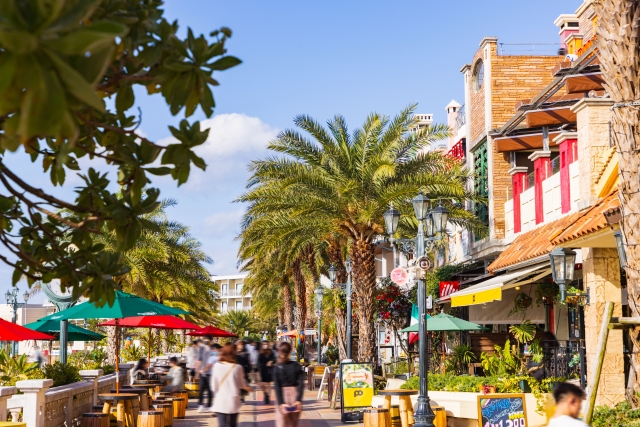In Okinawa Prefecture, also known as Okinawa (沖縄), a cultural tapestry of vibrant hues woven by history, tradition, and the unyielding spirit of its people unravels.
We explore this unique facet of Okinawa, highlighting the historical elements that shaped its present culture and lifestyle.
The Legacy of Ryukyu Kingdom
Understanding Okinawa’s history is incomplete without acknowledging the role of the Ryukyu Kingdom (琉球王国, pronounced as ‘Ryūkyū-ōkoku’).
This kingdom, which existed from the 15th to the 19th century, was a key player in the region’s history, instrumental in fostering relationships between Japan and the other parts of Asia.
Ryukyu Kingdom’s Origin
The Ryukyu Kingdom, a maritime power in its heyday, served as a significant hub for regional trade in East Asia. This has greatly influenced Okinawan culture, evident in its cuisine, music, and traditional crafts, which encapsulate an enthralling blend of Japanese, Chinese, and Southeast Asian influences.
| Key Historical Aspect | Implication on Okinawan Culture |
|---|---|
| Ryukyu as a trading hub | Manifested in diverse influences on local arts, crafts, and cuisine |
| Transition to Okinawa Prefecture | Intertwining of Ryukyu and Japanese traditions |
Transformation into Okinawa
The transformation of the Ryukyu Kingdom into the modern Okinawa Prefecture was a process steeped in history.
In the late 19th century, the Meiji government, seeking to centralize power and establish a strong national identity, abolished the Ryukyu Kingdom and established Okinawa Prefecture.
Despite the dramatic political shift, the people of Okinawa managed to preserve their distinct cultural heritage, intertwining Ryukyu traditions with Japanese customs.
Preserving Ryukyu Heritage
Today, Okinawa is a vivid display of ancient traditions dancing in harmony with modern progress.
The former royal capital, Shuri, is home to the meticulously restored Shuri Castle (首里城, pronounced ‘Shuri-jō’), a UNESCO World Heritage site.
The Okinawan folk music, known as Ryukyu min’yō (琉球民謡, pronounced ‘Ryūkyū-min’yō’), resonates with a sense of nostalgia, echoing stories of the past, while the graceful traditional Ryukyu dance narrates tales of the kingdom’s glory days.
| Key Cultural Aspect | Description |
|---|---|
| Shuri Castle (首里城) | A symbol of the Ryukyu Kingdom’s history, restored as a reminder of the island’s royal past |
| Ryukyu min’yō (琉球民謡) | Okinawan folk music narrating tales of the past, reflecting the soul of the Ryukyu culture |
| Ryukyu dance | A traditional performance art form expressing the spirit and heritage of the Ryukyu Kingdom |
Okinawa Today
Okinawa, in the present day, stands as a testament to its vibrant history, echoing the Ryukyu Kingdom’s legacy while embracing Japanese customs and modernity.
Whether it’s the soulful strumming of the sanshin (三線, pronounced ‘san-shin’), a three-stringed instrument, the tantalizing aroma of local cuisine, or the breathtaking natural beauty, Okinawa welcomes you to be a part of its mesmerizing saga of history, culture, and unwavering spirit.
As we conclude our journey, we invite you to delve into Okinawa’s enchanting past, appreciate its present, and anticipate its promising future.
Discover the charm of Okinawa, where every stone tells a story and every wave sings a song of the sea.



comment